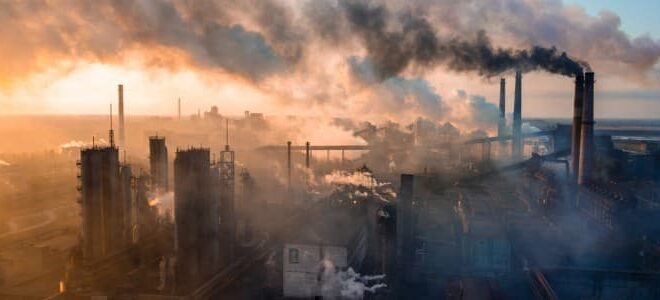The global energy industry’s methane emissions surged to 135 million tonnes last year, slightly below 2019’s record highs, the International Energy Agency has said.
Despite high energy prices, worries about security of supply and economic uncertainty, there was no reduction in methane emissions observed in 2022, the agency said in a report on Tuesday.
“Some progress is being made but emissions are still far too high and not falling fast enough — especially as methane cuts are among the cheapest options to limit near-term global warming. There is just no excuse,” said IEA executive director Fatih Birol.
Methane is responsible for about a third of global temperature increases since the Industrial Revolution. It dissipates faster than carbon dioxide but is a much more powerful greenhouse gas during its short lifespan.
The energy sector accounts for about 40 per cent of total methane emissions attributable to human activity, second only to agriculture.
Methane emissions from oil and gas alone could be reduced by 75 per cent with existing technology, highlighting a “lack of industry action on an issue that is often very cheap to address”, the agency said.
Less than 3 per cent of the income made by oil and gas companies globally last year would be required to make the $100 billion investment in technology needed to achieve this reduction, it added.
Last year, the largest recorded emission of methane occurred due to leaks in the Nord Stream pipelines, which transported natural gas from Russia to Europe.
“The Nord Stream pipeline explosion last year released a huge amount of methane into the atmosphere,” said Dr Birol.
“But normal oil and gas operations around the world release the same amount of methane as the Nord Stream explosion every single day.”
Ceasing all non-emergency flaring and venting of methane is the most effective measure to rein in emissions, the agency said.
Out of the 260 billion cubic metres of methane lost to the atmosphere each year, three quarters could be retained and brought to market using “tried and tested” policies and technology, it said.
“The captured methane would amount to more than the European Union’s total annual gas imports from Russia prior to the invasion of Ukraine.”
The agency said that satellites detected more than 500 “super-emitting” events from oil and gas operations last year.
Entities such as fossil fuel plants, waste or agriculture-related equipment and other infrastructure that discharge methane at exceptionally high rates are known as super-emitters.
“The untamed release of methane in fossil fuel production is a problem that sometimes goes under the radar in public debate,” said Mr Birol.
“Unfortunately, it is not a new issue and emissions remain stubbornly high. Many companies saw hefty profits last year following a turbulent period for international oil and gas markets amid the global energy crisis.
“Fossil fuel producers need to step up and policymakers need to step in — and both must do so quickly.”
In November, the UN Environment Programme (UNEP) said methane concentrations in the atmosphere were continuing to rise.
Efforts by the fossil fuel sector offer, “by far, the greatest potential to achieve rapid methane emissions reductions”, said the report, which was released by UNEP’s International Methane Emissions Observatory said.
Currently, only a fraction of companies is providing methane emissions estimates that are based on actual measurements, it said.

 Iran Energy News Oil, Gas, Petrochemical and Energy Field Specialized Channel
Iran Energy News Oil, Gas, Petrochemical and Energy Field Specialized Channel



